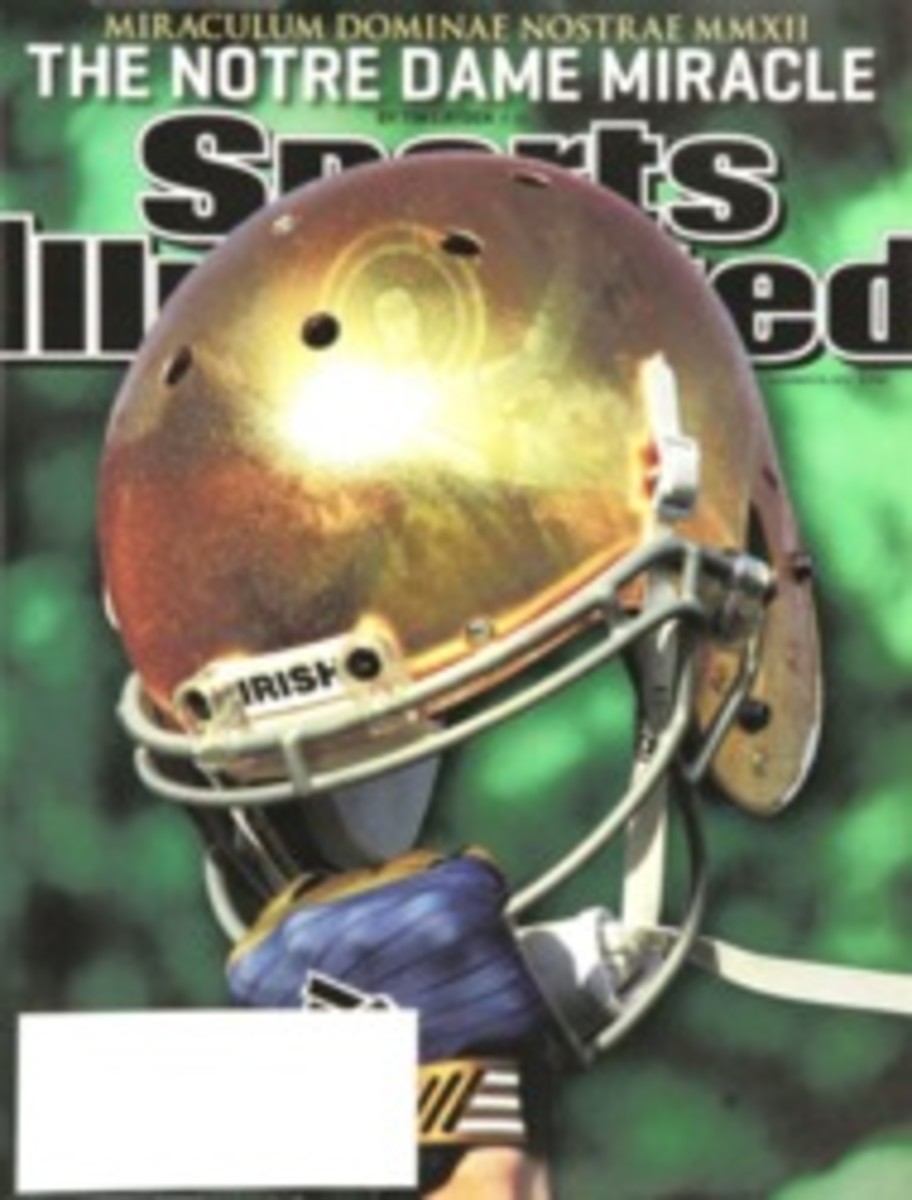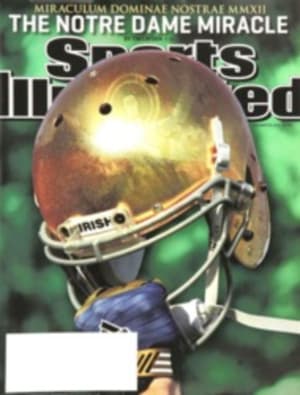
The Case for ... Ageism*
Forking over a guaranteed nine-figure compensation package to an employee who is past his prime seems like a ludicrous way to run a business. Maybe that's why no business in the world does such a thing with any regularity, save for baseball.
Thirty-one-year-old outfielder Josh Hamilton, the golden goose of this free-agent season, is reportedly seeking a deal on the order of seven years and $175 million. If recent history is any guide, he'll probably end up in that ballpark. (Or at least a lot closer than most of us will get to the salaries we're seeking.) With such players as Alex Rodriguez, Ryan Howard, Albert Pujols and Joey Votto, teams have shown their willingness to give big deals to proven sluggers that take them into their late 30s, or beyond. But is it a wise move?
Every serious analysis of aging effects in baseball shows that the typical hitter is deteriorating by age 29. Yale economist Ray C. Fair did one of the most thorough analyses, mathematically modeling a typical hitter's trajectory using the career stats of every player from 1921 to 2004 who played at least 10 full seasons. In Fair's model the peak age of a hitter is around 28. And while normal, year-to-year fluctuations (such as those caused by injuries) are of greater magnitude than year-to-year aging effects, the decline of the hitter is relatively rapid in the sports world.
In terms of OPS, by age 40 hitters (as a group) are down 10% from their peaks—a greater proportional decline than is found in the performances of track sprinters, high jumpers and swimmers. (Pitchers peak even earlier—around 26—and decline more rapidly than hitters.)
In typical fashion Hamilton seems to have improved up to age 29, hit his peak, and begun his descent. (Coincidentally, or perhaps not, 29 is about the age at which visual acuity generally starts to deteriorate.) An SI analysis using Hamilton's age, his 2012 output and Fair's model for hitting decline would give Hamilton an OPS of .900 by age 36. That's equal to his '08 number when he was seventh in the AL MVP voting, but well under the 1.044 he had in '10 when he won the MVP.
On the bright side for aging players and the execs who sign them, veterans tend to compensate for some of their deterioration in batting average and speed—"young player's skills," as Bill James calls them—with improvement in "old player's skills," such as drawing walks. Throughout history, on-base percentage has declined much more gradually than OPS. Drawing walks, though, hasn't exactly been a strong suit for Hamilton—he had only 60 last season and ranked 40th in the majors in OBP, at .354. If he falls in line with Fair's model, by age 36 his on-base percentage will decline to .346, which would have placed him 54th this season.
Then again, not every player fits the mathematical models, and some players appear to be ageless. "Look at a guy like [Carlton] Fisk," says Al Goldis, a former major league scout and personnel executive. "He played well into his 40s, but he worked his butt off."
The vast majority of hitters who have truly defied aging have played in the past 20 years. Certainly, better conditioning has contributed, but so, in some cases, have drugs. In Fair's analysis he picked out 18 players who so thoroughly bucked the normal aging-decline trajectory as to be considered true outliers. All but one of those players (Charlie Gehringer, 1926--41) retired after 1989. Barry Bonds, Ken Caminiti, Mark McGwire, Rafael Palmeiro and Sammy Sosa are five of the 18 ageless-wonder hitters in the history of baseball.
SI asked one former and two current baseball executives whether those high-profile sluggers' apparent resistance to aging might have skewed the perception of normal decline when it comes to contract talks with thirtysomething hitters. One said that it definitely has set up a false sense of what late-30s hitters should look like, and the other two said that time will tell if the long contracts given to postpeak sluggers look, in retrospect, like nine-figure mistakes.
PHOTO ILLUSTRATION
PHOTO ILLUSTRATION BY SI IMAGING: MICHAEL ZAGARIS (HAMILTON); WIM LANCLUS/FOTOLIA.COM (CANE); PARAMOUNT (MATLOCK DVD)

